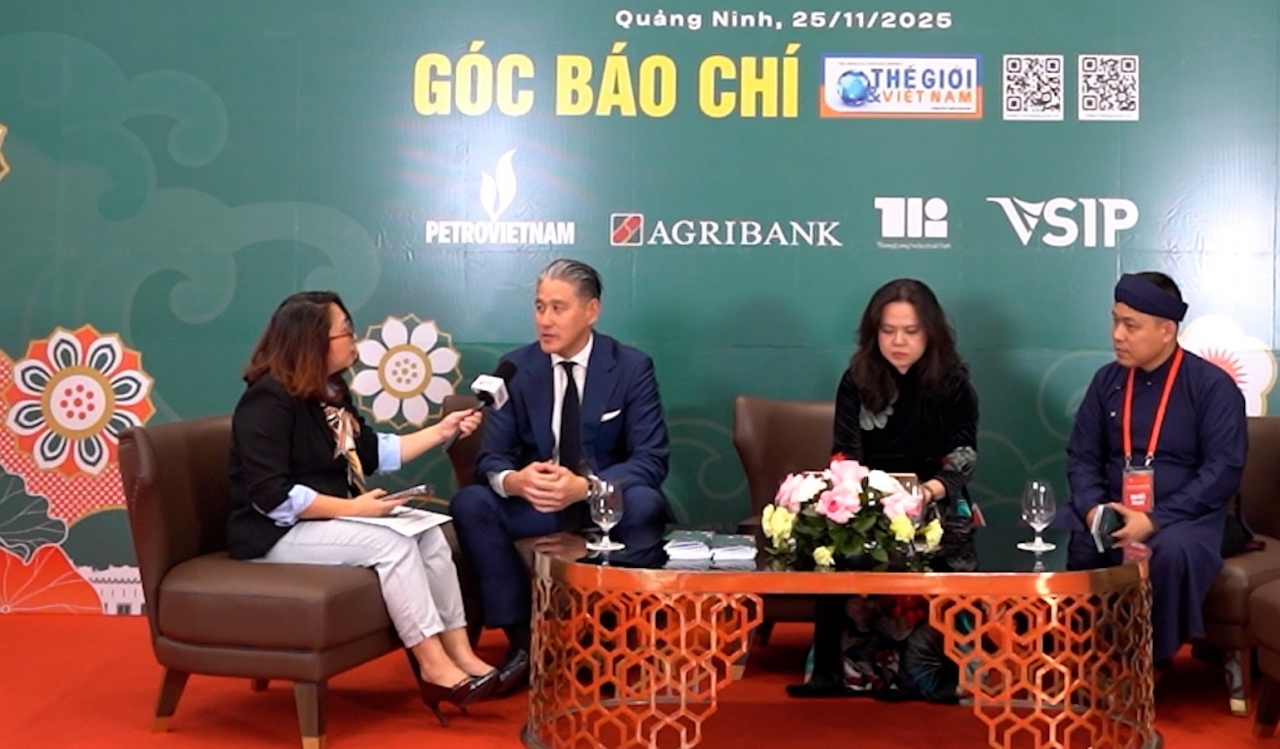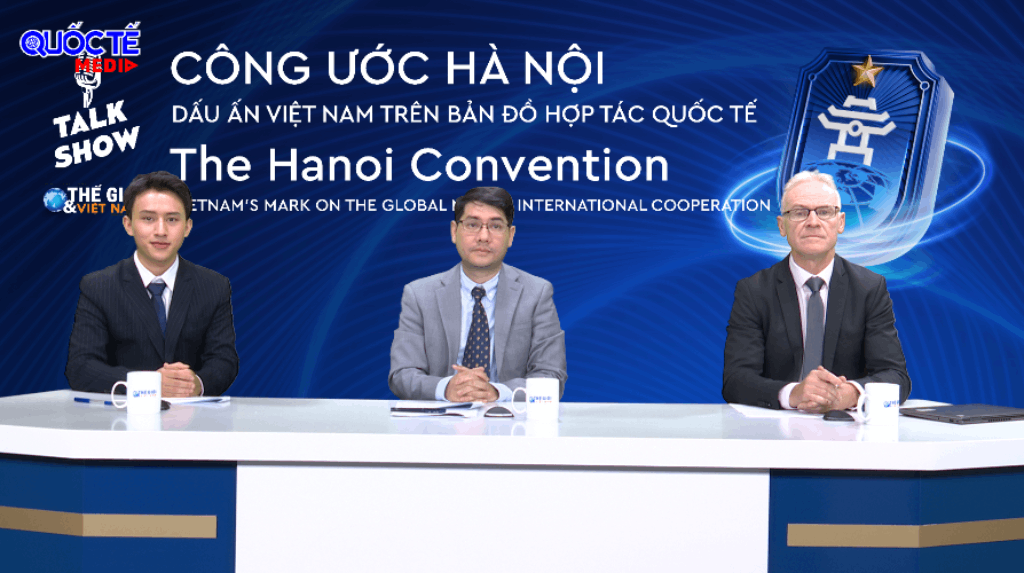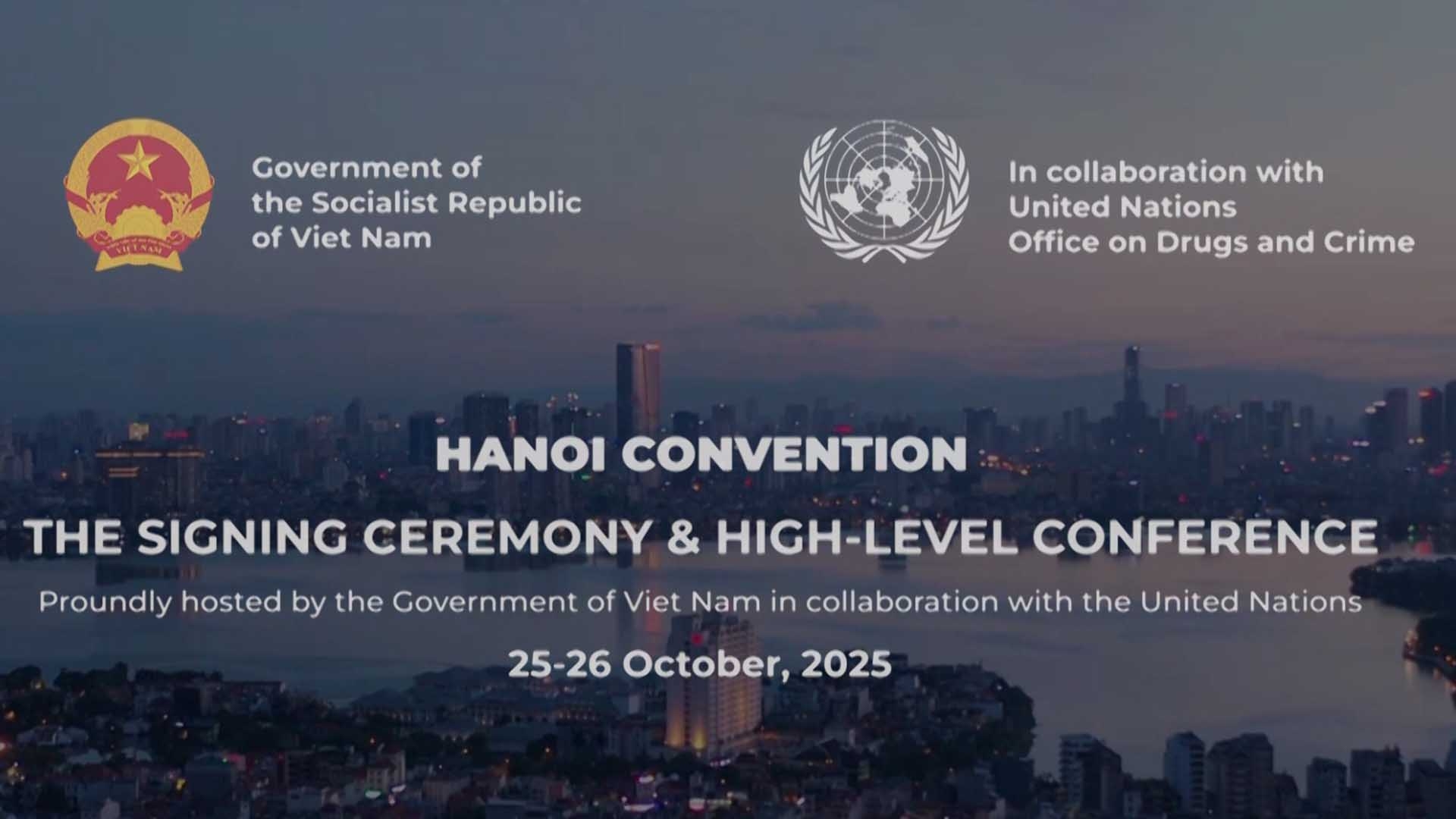
Tet and the Vietnamese cultural identity
Latest
| TIN LIÊN QUAN | |
| Vietnamese, Cambodian to enjoy easy cross-border travel during Tet | |
| Here comes Tết, the Lunar New Year | |
On 13th, last December, the Swedish Embassy in Ha Noi held an informal gathering to mark the celebration of Santa Lucia with its traditional features; young girls clad in long white gowns wearing crowns illuminated with candles, song of praise, spiced wine served hot, saffron flavoured rolls, etc. On that occasion, Ambassador Borje Lunggren evoked the role played by popular festivals as a mirror and guardian of a nation’s cultural identity, alluding to the village spring festivals in Vietnam.
On this topic, the festival which epitomizes the Vietnamese cultural identity is indisputably Tet. Although this Lunar New Year is observed in the whole of East Asia influenced by Chinese civilisation, each country in the region (China, Japan, Korea, Vietnam, etc.) has institutionalized it in a way peculiar to that country by making it conform to its psyche and practices of the Vietnamese Tet are quite distant variants of the Chinese model, and are even original creations which hark back to myths, legends and usages of the pre-Chinese period and which prevailed in an authentically Viet culture of the Bronze Age (first millennium B.C) called the Red River culture.
The Vietnamese New Year is call “Năm Mới” just like the Chinese Sin Nian. However, its popular name is Tet, a phonetic deformation of the Sino – Vietnamese “tiết” which designates the joints of bamboo stem and also a meteorological period of the year. The passage from one period to the next may cause meteorological disturbances (heat, rain, mist, etc.) to be exorcised by means of ritual sacrifices and festivities. Thus, there are several Tet in the year (Tet of Cold Food, Mid-Autumn Tet…). The one that takes pride of place is the Tết Cả, which marks the New Year.
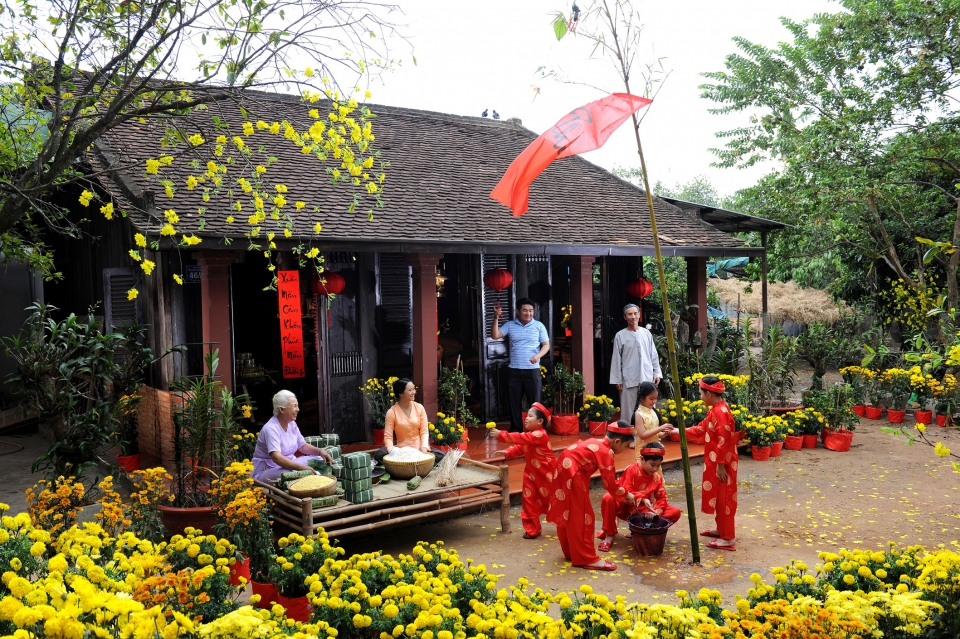 |
I have never seen in the world a festival as popular as the Vietnamese Tet and with a more humanistic character. For a nation of farmers attached to its rice fields for centuries, it expresses the communion of man and nature. It seals the union of the living and the dead (invitation to ancestors to return to the family for some time; visit to family graves); it gathers together members of the extended family (those who live in distant places do all they can to come back); it makes for reconciliations (e.g. between estranged mother-in-law and daughter-in-law), détente (e.g. fence mending by neighbours on bad terms with each other, etc.).
The whole village shares in the joy of the Spring festivals some of which may be celebrated as late as the third moon. Children are careful to behave themselves. Alms are not refused to beggars and everything is aimed at a renewal of the spirit. Each act done during Tet has consequences for the following 12 moons, hence a whole series if ‘opening’ ceremonies (a farmer turning the first furrow in his field; the scholar writing his first ideogram; the mandarin official stamping his first seal, etc.). The spring that comes brings with it a message of optimism, love, hope and confidence in man and life.
The Vietnamese have adopted many customs of the Confucian Chinese New Year but they have indigenised their form and content and added new practices of their own, drawing from the pre-Chinese folkloric treasury of their Viet cultural patrimony. Let me give a few examples: Tet folk prints, the cakes called bánh chưng, and betel.
New Year folk prints, printed from wood blocks, represent in both countries wishes for happiness and prosperity as pictured in the minds of farmers (plump children, longevity, flowers and fruit, etc.). But in Vietnam, they depict topics which are not at all Confucian: erotic scenes such as ‘Jealousy’ and ‘Coconut picking’, or patriotic scenes featuring heroes of the past struggle against Chinese invaders, etc. The most popular food eaten at Tet is undoubtedly the bánh chưng, a square cake (the shape of the Earth in popular imagination) made of steamed glutinous rice stuffed with fat pork, beans and shallots. Its origin is linked to a legend dating back to the first millennium before Christ, the time of the Hung Kings, who were the founders of the first Vietnamese state.
Dating back to the same period is the legend of the betel, the chewing of which has become less and less popular. But its symbolic significance remains: betel is a religious offering made to ancestors at Tet, a family festival.
February 1996
Huu Ngoc
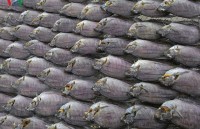 | Ca Mau's fishing villages prepare for Tet One month ahead of the lunar New Year Festival or Tet, fishing villages in Ca Mau are busy preparing their special product for Tet market: ... |
 | Tet gifts sent to Truong Sa soldiers, people Four ships carrying officers, soldiers, journalists as well as New Year gifts departed from Cam Ranh military port, in the central province of Khanh Hoa, on ... |
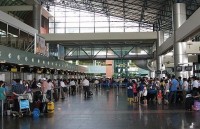 | New Year holiday to see 3,000 additional flights Airlines, by December 26, had registered to increase nearly 3,000 flights and 582,000 seats on 22 routes from and to 18 domestic airports. |







